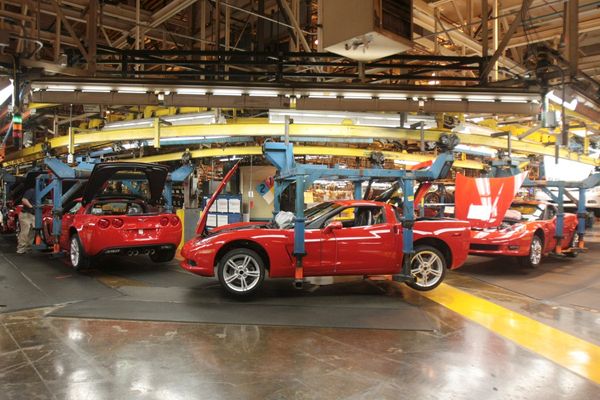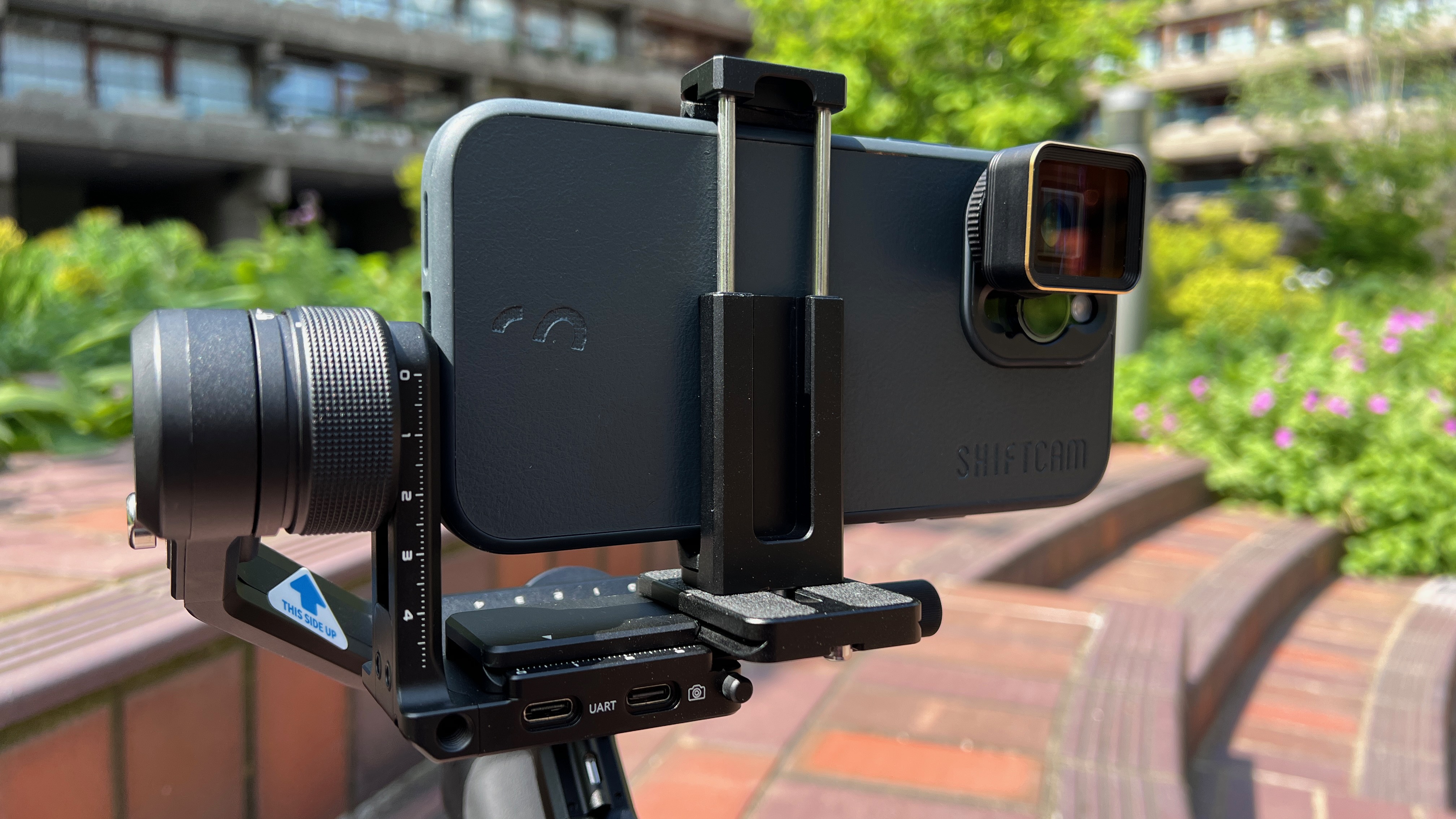
ShiftCam is an experienced producer of gadgets that are designed to enhance your experience of smartphone photography. Gadgets such as the ShiftCam ProGrip enable your smartphone to look and behave more like a classic camera thanks to a Bluetooth shutter button that you can tap to snap a shot.
ShiftCam also sells a series of lenses in their ProLens range that expands the capacity of your smartphone’s camera to capture wider or closer shots. The forthcoming LensUltra Series (due to be released in July and currently featuring on Kickstarter) builds on the existing ShiftCam ProLens series by introducing 7 new lenses and a couple of filters. We got hold of a pre-release set of LensUltra lenses and filters and put them through their paces. The 1.88x Anamorphic lens wasn’t available for us to look at, but we did have a similar 1.33x anamorphic lens to play with.
The ShiftCam LensUltra series can be preordered on ShiftCams's official store.

Specifications
Wide-angle lenses:
16mm Wide Angle
200° Fisheye
Cinematic lenses:
1.33x Anamorphic
1.55x Anamorphic
Zoom lenses:
60mm Telephoto
75mm Long Range Macro
10x Traditional Macro
Filters:
VND Filter
CPL Filter
Key Features
The LensUltra Series is designed to enable smartphone photographers to capture closer views of distant subjects using the 60mm Telephoto Lens, magnify macro subjects courtesy of a 75mm Long Range Macro Lens or a 10x Traditional Macro Lens, capture a wider field of view with a 16mm Wide Angle lens or a 200º Fish Eye lens and even record cinematic footage courtesy of 1.33x and 1.55x Anamorphic Lenses.
The LensUltra series also features a VND and CPL filter that will help you capture better-looking smartphone shots, and we’ll explore these in detail later in this review.
All of the lenses are compatible with ShiftCam Camera Cases for the iPhone 11 onwards and the Samsung Galaxy S23 series. These camera cases feature tiny threads that enable you to screw a LensUltra Series lens securely and precisely over an existing smartphone lens. Other smartphone models will require the use of a ShiftCam Universal Mount to clip the lenses over the smartphone’s camera.
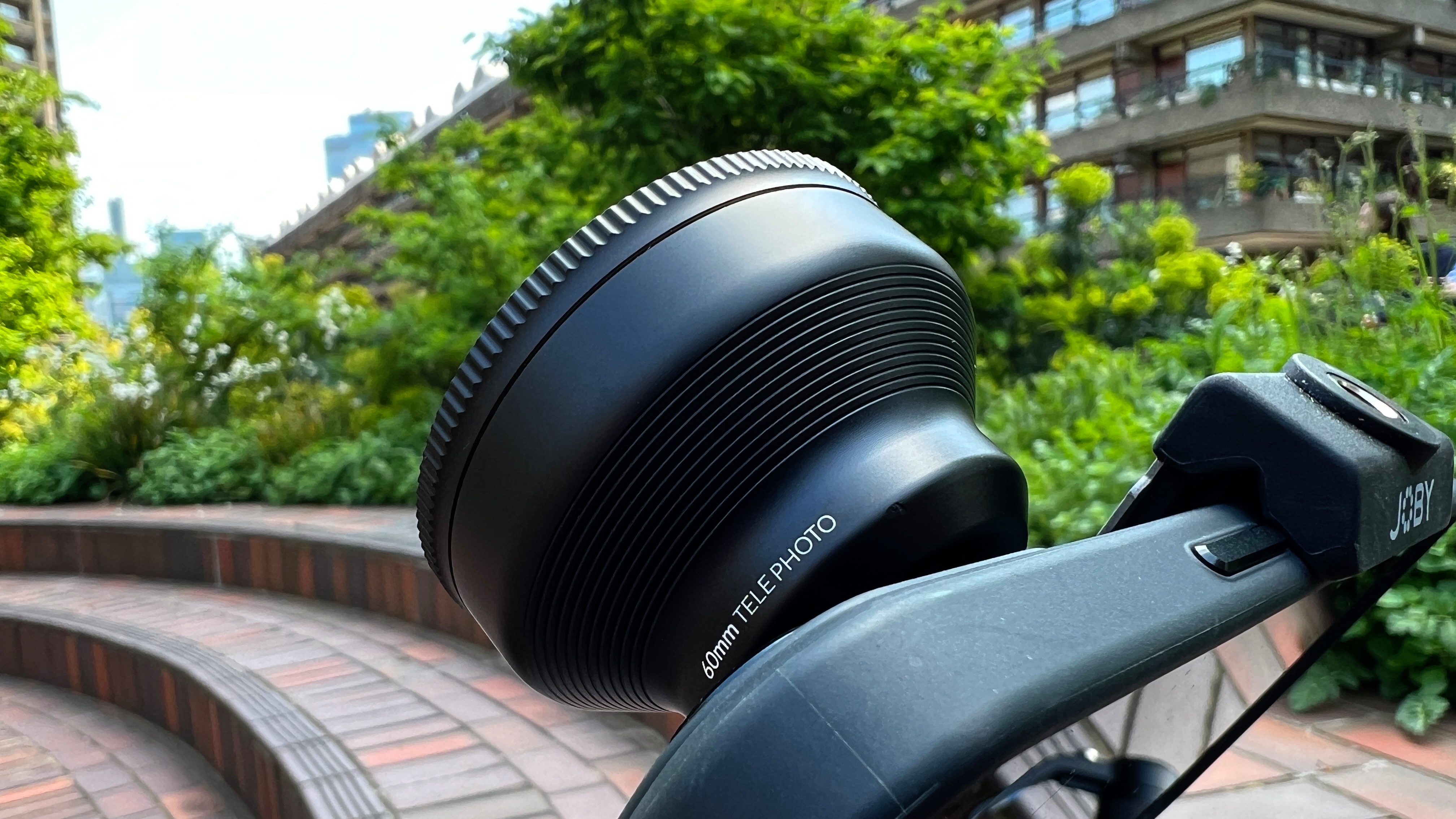
Build & Handling
The new LensUltra series is designed to build on the existing ShiftCam ProLens legacy by producing even better-looking results. All of the lenses in the LensUltra Series have fluorite crystals in their composition, which is a first for mobile lens technology. Fluorite helps enhance image quality by reducing chromatic aberration (color fringing). It also helps your smartphone capture more accurate colors and sharper shots.
We were given a big box of LensUltra lenses to test, though when they are released in July they will be sold as individual lenses. Each lens in the box felt satisfyingly heavy, a reassuring hallmark of a quality product. In fact, the Long Range 75mm Macro was particularly hefty at 109g which made our iPhone feel a bit top-heavy. The 60mm Telephoto also weighed in at 109g.
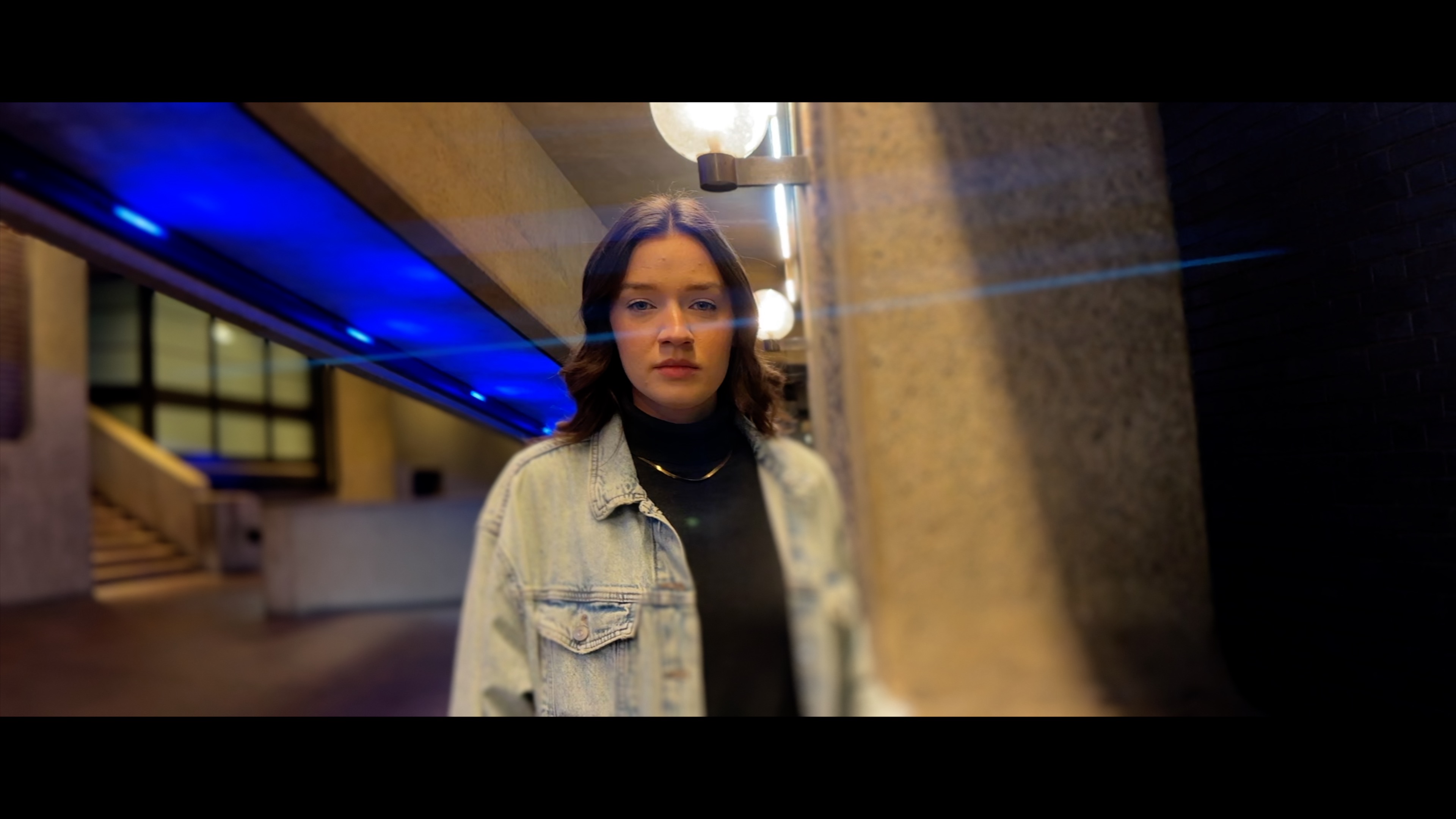
As we were using an iPhone 14 Pro Max in our test ShiftCam included a compatible camera case. We then screwed a LensUltra lens into the metal thread that overlapped the iPhone’s main 24mm camera. This meant that if we switched to the iPhone’s 0.5x Ultra Wide or the 3x Telephoto camera then the image was obscured by the attached ShiftCam lens, so all of the third-party lenses were only accessible when using the iPhone’s 24mm camera. This is not a problem though as the iPhone 14 Pro Max’s main camera can capture 48MP results (compared with a smaller 12MP for its Ultra Wide and Telephoto cameras). Each attached ShiftCam lens worked well in conjunction with our iPhone’s 24mm main camera when shooting video or stills.
Performance
Above: Watch our review video of the LensUltra kit with samples and how they compare.
We’ll go through the lenses one by one to compare their performance. The 10x Traditional Macro needs to be placed within 10-15mm of its subject to get it in focus. This is fine for capturing shots with detailed close-ups of static subjects such as flowers or rocky textures. However, if you’re trying to snap a macro image of a moving subject such as a bee then it will probably fly away when faced with the extremely close proximity of the 10x Traditional Macro lens.
One of the stars of the UltraLens Series is the 75mm Long Range Macro. Long Range is a relative term when it comes to a macro lens, but with the 75mm Long Range Macro, you can get a small subject in focus from further away - between 5-7cm. This gives you the edge when shooting subjects such as a bee as you’re less likely to scare them off (or obscure the subject with your smartphone’s shadow). To capture a better-looking macro shot set your smartphone’s Camera app to shoot in slow motion Video Mode. You can then follow a fast-moving insect with the smartphone for a few seconds and export the best frame of video as a macro still.
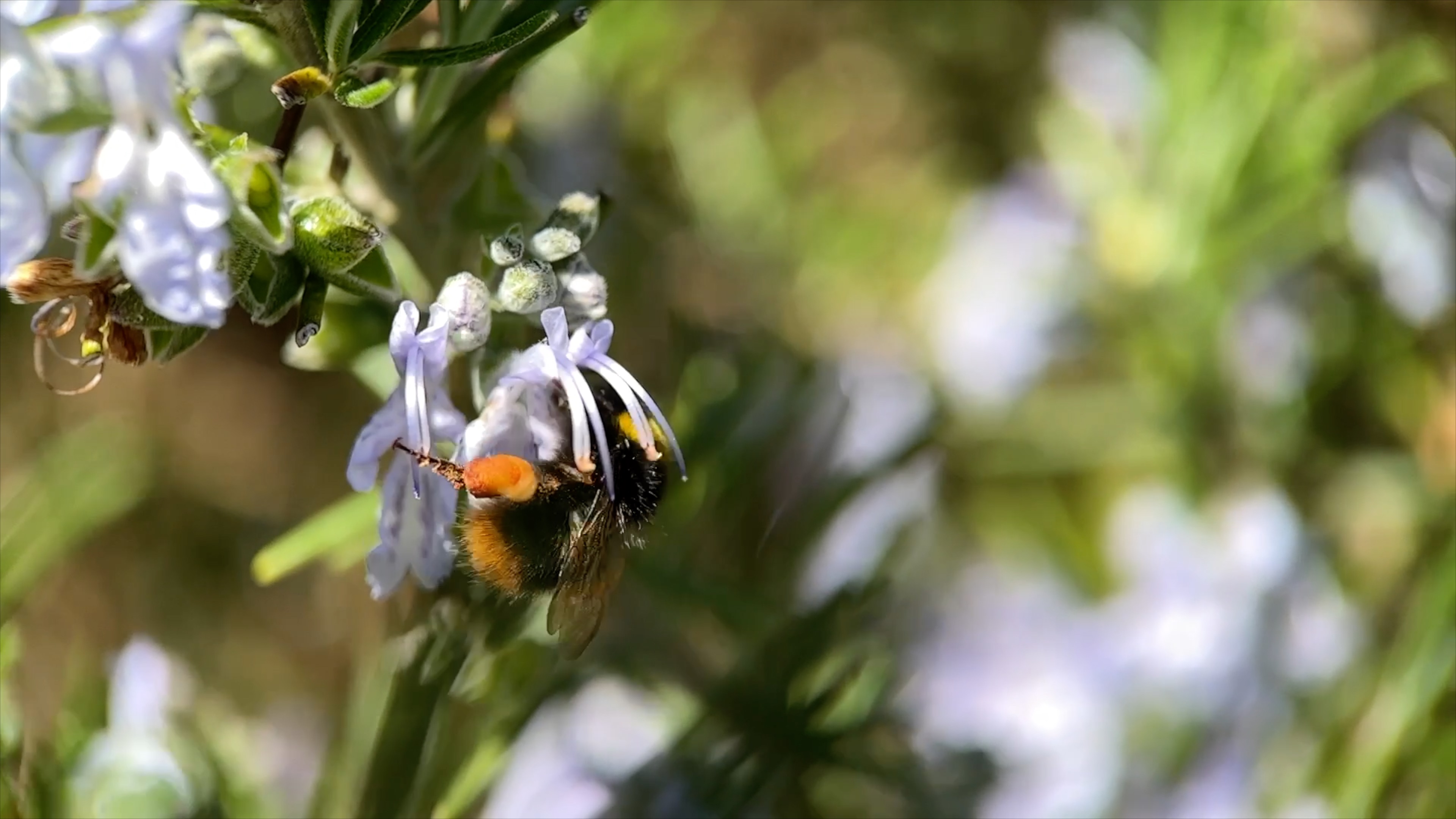
The iPhone 14 Pro Max that we used to test the LensUltra series has a 13mm Ultra Wide Angle lens that captures extremely wide-angle shots. However, these images have a size of 12 MP. By attaching ShiftCam’s 16mm Wide Angle lens to the iPhone’s Main camera we could capture wide-angle stills up to 48 MP. Although the 16mm Wide Angle lens isn’t as wide as the Phone’s Ultra Wide camera it still captures a satisfying wide field of view and lacks the more extreme distortion produced by the iPhone’s Ultra Wide camera (such as elongating people when filmed from a low angle or stretching them horizontally at the edge of the fame).
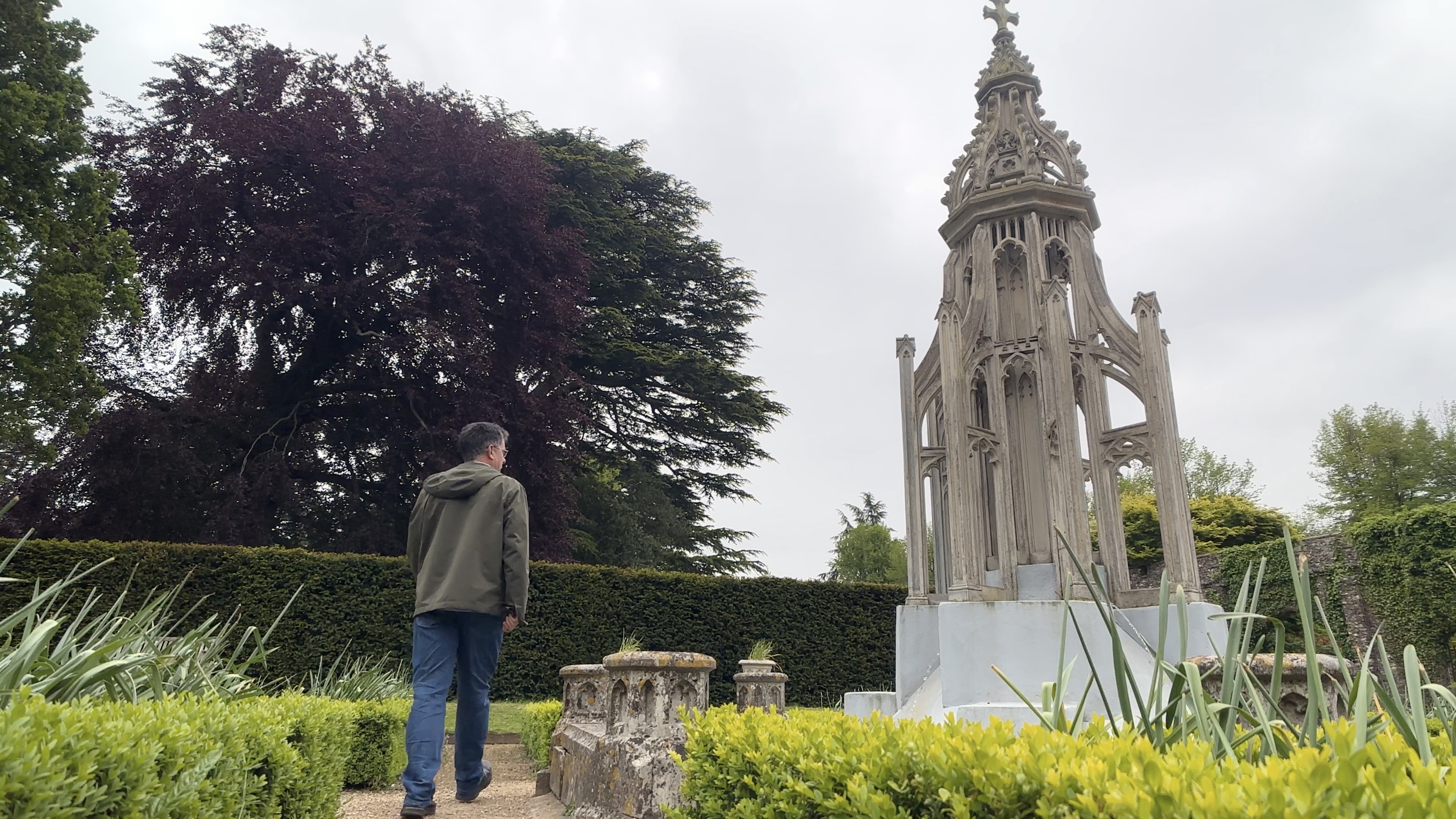
The LensUltra series 60mm Telephoto lens isn’t as powerful as our iPhone 14 pro’s 77mm Telephoto camera, but the iPhone camera’s telephoto lens only captures 12 MP shots. By screwing the 60mm Telephoto onto our Main camera we were able to capture telephoto shots with a 48 MP resolution. The ShiftCam 60mm Telephoto is also worth considering if you own a lower-spec model such as the iPhone 14. That model camera lacks a telephoto camera. The iPhone 14 does have a 5x digital zoom but this produces far fuzzier results than you’d get using ShiftCam’s optical 60mm Telephoto lens. We found that the iPhone’s native lens produced a slightly sharper and more detailed-looking subject than the LensUltra telephoto could.
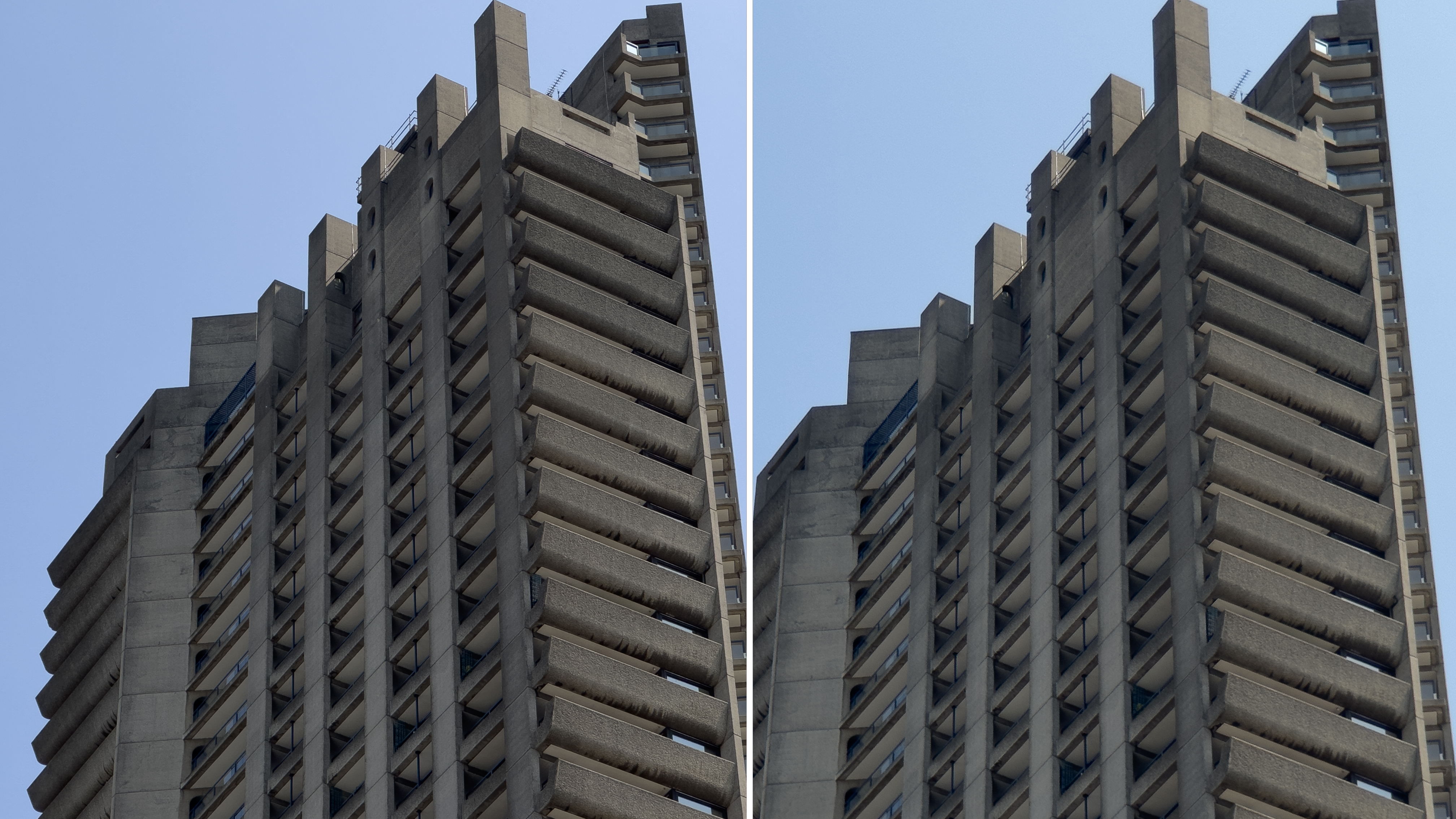
The 1.33x Anamorphic lens was the most fun to use during our test. This lens captures a cinematic widescreen aspect ratio by stretching the frame vertically. In an anamorphic clip, people look very thin and tall so you need to ‘de-squeeze’ the clip by scaling it to 75% in the y-axis using an app such as Final Cut Pro.
After scaling the shot you have a cinematic look with black ‘letter box’ bars at the top and bottom of the frame. The 1.33 Anamorphic lens also features distinctive-looking horizontal lens flares that are another hallmark of anamorphic footage. This creative lens inspired us to shoot a cinematic style ‘cop show’ title sequence to show off its distinctive properties. We’re looking forward to getting hold of the 1.55x Anamorphic Lens at a later date to see how it compares with the 1.33x version.
The last lens in the LensUltra Series is the 200º Fisheye. This creative lens produces distinctive and deliberate barrel distortion radiating outwards from the center to the edge of the frame. Straight vertical lines on buildings quickly become curved. These distortions are even more noticeable when the camera tracks or dollies down a corridor in a video sequence. This type of distortion might be useful for creative work such as creating a dream sequence in a video drama or showing a character’s Point of View (POV). It can also produce distinctive and creative architectural photos.
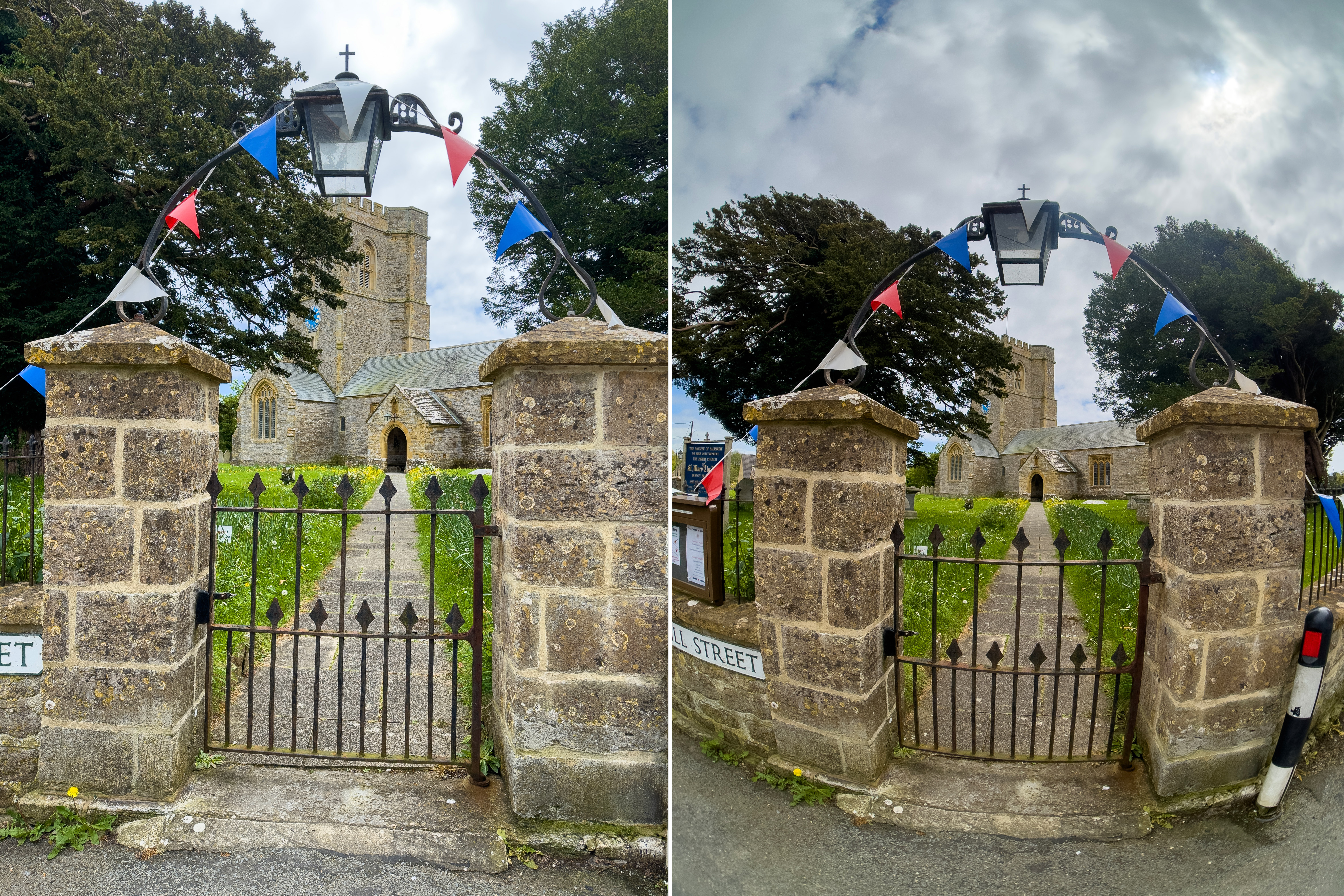
The CPL (circular polariser/linear) Filter is designed to minimize reflections. You can rotate the filter to adjust the way it performs. We found that it was very effective, enabling us to reduce the cloud reflections in our test shot so we could see into a car’s interior. The CPL filter would be useful when you need to photograph exhibits that are behind glass in a museum or see through the reflective surface of a river or ocean. Traditionally CPL filters also darken blue skies which helps the clouds pop out more in contrast. We found that the LensUltra CPL filter produced a subtle darkening of the sky when we took it for a sunny coastal test shoot. Our test kit also included a VND (Variable Neutral Density) filter to enable us to capture more sky retinal in bright light, but we were unable to mount it on our supplied ShiftCam iPhone case.
We did experience a one-off performance issue with the ShiftCam case. On the way to a shoot, I decided to remove the plastic case so I could clean my iPhone’s lenses. As I pulled the case off the iPhone the metal plate that contains the lens mounting threads popped out and clattered to the floor. Fortunately, I was able to re-insert the plate into the plastic case’s groove with a bit of fiddling. The mounting plate remained securely in place for the rest of our test shoot (and has stayed in place for subsequent shoots.) I now clean the iPhone lenses without removing the case.

Verdict
Critics might say that although the LensUltra series may be of high quality, how can they produce better results if your smartphone’s lenses are inferior? Surely a LensUltra lens is only as good as the lens that it’s mounted over? This is true to a degree, but the LensUltra series also provides smartphone photographers with a wider range of compositional choices, such as allowing you to zoom closer with the 60mm Telephoto or capture cinematic lens flares with the 1.33 Anamorphic lens. You can also capture superior macro shots featuring a better bokeh using the 75mm Long Range Macro than you can via the iPhone’s Macro mode (which uses its Ultra-Wide 13mm lens for macro photography).
We were particularly impressed with the cinematic hallmarks captured by the 1.33x Anamorphic lens and if we had to purchase just one lens, then this would be the model as it provided us with a creative springboard for our video-making. Our second ‘must buy’ would be the 75mm Long Range Macro as were able to capture clear shots of pollinating bees with ease. Fortunately, the lenses and filters in the LensUltra series will be available to purchase individually, so you can pick and mix from them to suit your specific photography and videography needs.
The ShiftCam LensUltra series can be preordered on ShiftCams's official store.
Read more: Find out more about the best lenses for iPhone and Android cameras in our guide. What's a lens without a good camera behind it, check out our guide to the best camera phone.



